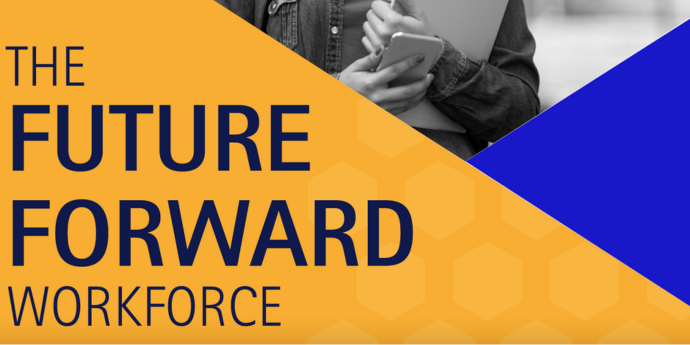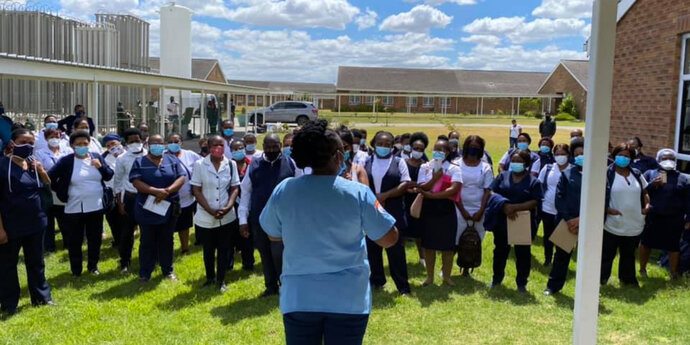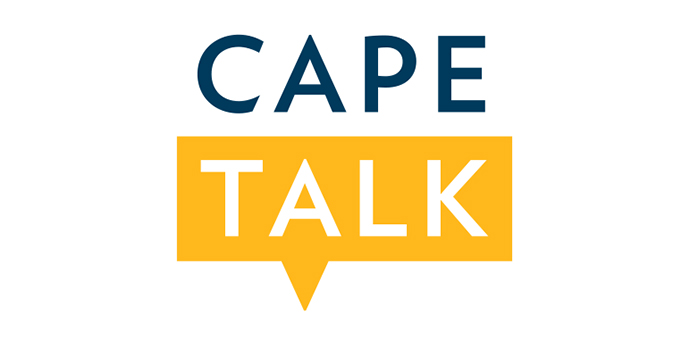Herman Singh, Adjunct Professor at the UCT GSB
Hybrid (Phygital) work is the future
Work has changed from a noun to a verb. It is no longer a place that we go to but an activity that we do. Work has shifted not just in space but in time too. “Phygital” is here to stay.
The role of staff is increasingly shifting to higher order work like complex problem solving, empathy based work and creative work and less about purely transactional tasks. Offices are now virtual and global and are now not service factories but design studios. Greater use of collaboration has meant that we are less dependent on the hierarchy to solve problems but rather reaching out to peers for inputs. Firms will need to help the Hybrid employee learn new tools and skills to thrive in a new future.
Email is rapidly losing its position as the dominant tool for collaboration, yielding instead to direct messaging and task management tools. Information, tasks, and updates are shared much more seamlessly in real time and more conversationally using services like Facebook and Twitter, WeChat, WhatsApp, Telegram, Signal, Facebook messenger and iMessage, and now extend all the way to tools designed specially for collaboration such as Google sheets, Trello and even Slack. Features like blogs and online chat forums are now embedded into new collaboration tools.
Some are personal to-do lists (like Wunderlist, to.do and todoist), some are for shared task and activities (like Office 365 Planner or Asana). Some tools are specifically engineered for Agile (like AgileZen, Pivotal Tracker or LeanKit) and some are for Project management (like Planview, Microsoft Project or ChangePoint). It is now much easier for individuals in multiple regions, firms and geographies to seamlessly cooperate on the same task at the same time.
Time in the actual office will now be used to focus on human relations and co-creation rather than on transactional work. Being in the office on your own is also a wasteful exercise so firms will need to ensure that the rest of the team is in attendance too. Firms of the future will be orchestrators of engagement in both physical and virtual spaces.
Azvir Rampursad, Manager Corporate Partnerships, Career Leadership Centre, UCT GSB
Policy, Practicality and Trust are quite possibly the key enablers for successful remote working interventions. The experience of a worldwide lockdown represented a new era of work flexibility, work life integration and the importance of the family unit. The only way that this would be possible is if we (students/ employees) adapted skill-fully, with care and a greater sense of awareness around all the variables that needed to be considered to make the situation ‘work’ for each of us based on our individual and personal circumstances.
Trust — has always been at the core of the employee — employer relationship
Working and studying from home as a result of the worldwide lock-down was a massive psychological experiment, challenging the notions around the need for social interaction and the frameworks of work-life integration. A year and some months into it, we have done what we have always done — we figured it out, we adapted and we survived. Corporates re-learnt about the importance of trust, which is the basis of the employment contract. It became important to let go of the notion that “I can’t trust you if I can’t see you”. This may have been challenging, but as with all relationships, trust requires constant effort to build and maintain. Yes organisations reported relatively consistent and efficient productivity levels that matched the periods prior to the worldwide lock-down and yes, burn out happened for many people having to juggle family and work all from one living space.
Practicality — the way we work has changed for ever
We can certainly agree that some activities are best experienced in-person — team strategy workshops for example — but they can happen once or twice a year, which is adequate to establish and maintain solid relationships within remote teams. Remote teams are not a new concept — many remote teams in global organisations have been working this way successfully for the last few decades. Necessity was a requirement, combined with a sense of commitment and mutual trust that is empowering and liberating, with outputs and results being the key measure of effectiveness. Granted there are sectors of the economy — essential services, manufacturing and agriculture — that will require an in-person and engaged workforce for that larger knowledge worker population, but the skilled and professionally active workforce around the world has adapted swift to remote working.
Policy
The future of the workspace is indeed hybrid — seamless employee experiences that bring people and technology together to unleash productivity and potential wherever work needs to happen — can be described as the new context for HR leaders around the globe. Policy will be best adapted for the organisation and the employee/workforce needs.
Candida Sisam, Head of Human Resources, LRMG (UCT GSB MBA 2012)
A hybrid model can seem like an easy solution to the current issues companies face because they can retain their office space while also accommodating both those who prefer in-person and those who prefer remote work. The easiest solution is not necessarily the best and it’s imperative to establish best practices for communication around it early on. I believe an important aspect of implementing a hybrid model is considering where leadership spends their time. If leaders are predominantly working from the office, other people will also likely want to work from the office - unintentionally creating a culture of office-first culture if it did not already exist. An unbalanced culture could create challenges when it comes to recognising people, as in-office employees could attract more attention and remote workers could feel excluded.
I also cannot impress enough that leaders should also pay close attention to the varying experiences of their teams, as hybrid models could be a barrier to inclusion and fostering belonging. Therefore, we must challenge our biases in order for remote workers' career trajectories not to be negatively impacted; and to ensure that they have the same growth prospects with the company.
I think that it would be beneficial for companies to adopt a consistent communication practice and strive to give remote and in-office the same experience as much as possible. The company should plan meetings with remote workers in mind instead of people in a meeting room, so that remote workers can feel comfortable contributing and avoid being left out of conversations or decisions made in-person. The right approach should be dependent on industry, company, culture, and workforce and leaders should ensure that they’re making hybrid arrangements as effective and fair as possible. Mindfulness and extra planning can assist with the success of the hybrid model and ensure that the remote employees are included and engaged which is something most of us are trying to achieve.








































